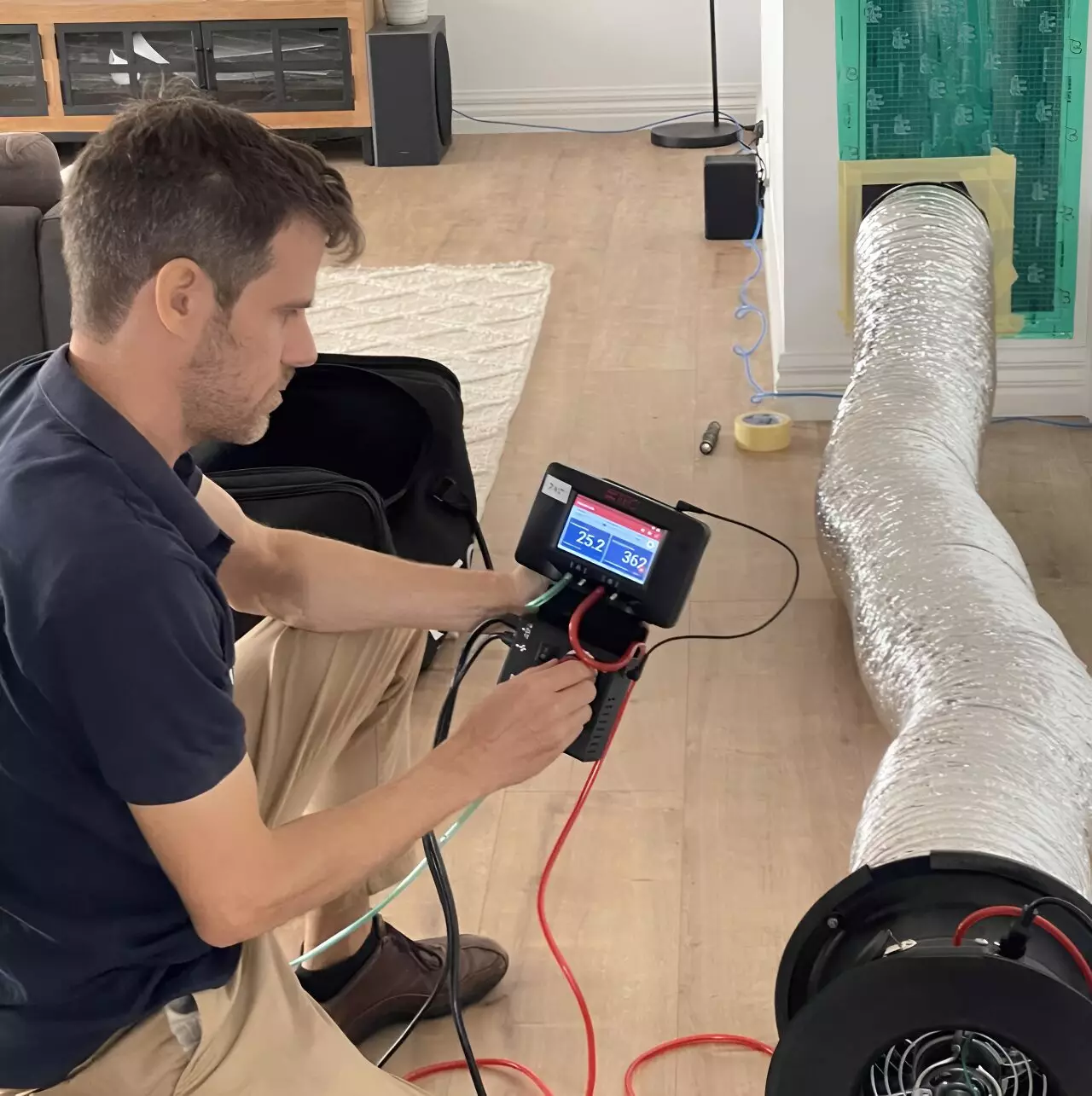Recent research from CSIRO has brought attention to the fact that new Australian homes are now up to 50% more airtight than those tested in 2015. This revelation can have significant benefits for homeowners, as properties that meet recommended air tightness levels are not only more comfortable, but also have lower energy bills and healthier indoor air quality. By minimizing unintended air movements within a building, air tightness helps to prevent outdoor air from entering and indoor air from escaping.
On the other hand, poor air tightness can lead to drafts, ultimately increasing energy bills by as much as 20%. Additionally, homes that are too airtight without controlled ventilation can result in condensation, mold growth, and various health issues for residents, such as headaches and nausea from higher carbon dioxide and monoxide levels. This points to the critical importance of maintaining the right balance when it comes to the airtightness of a home.
The research involved testing a total of 233 apartments and detached houses built within the last four years in cities like Melbourne, Sydney, Canberra, Brisbane, and Adelaide. Notably, residences specifically designed for air tightness were excluded from the study. While the results of the research were generally positive and compared well to standards in other countries like the U.K., there were still areas identified for potential improvement.
Senior Experimental Scientist and project lead Michael Ambrose explained that leakages were primarily found in new homes from sources such as bathroom fans, sliding doors, and poor or missing door seals. Some homes were even found to be excessively airtight, which can lead to performance issues and health concerns if controlled ventilation is not properly implemented. The good news is that there are simple and affordable ways to address these air tightness issues, both during construction and after a property is completed.
The report put forward a series of recommendations for Australian building codes in order to tackle common air tightness issues effectively. These recommendations included establishing air tightness standards in the National Construction Code (NCC), mandating controlled ventilation in new buildings (particularly apartments) to reduce indoor pollutants and moisture, making air barriers like building wraps compulsory in all new residences, and offering on-site training and educational resources to help builders connect with cost-effective solutions for improving building performance.
Interestingly, the study found that the actual air tightness levels in homes closely matched those assumed by the Nationwide House Energy Rating Scheme (NatHERS), which assigns an energy efficiency star rating to residential buildings. This correlation provided researchers with confidence that NatHERS is accurately predicting air tightness within specified levels. Moving forward, there is potential value in displaying air tightness values on NatHERS certificates and highlighting the impact on the overall star rating.
The research conducted by CSIRO serves as a valuable reminder of the importance of air tightness in Australian homes. By addressing air tightness issues effectively, homeowners can enjoy improved comfort, lower energy costs, and better indoor air quality. As the housing industry continues to evolve, ensuring the right balance of air tightness will be essential for creating residences that are both energy efficient and healthy for occupants.


Leave a Reply